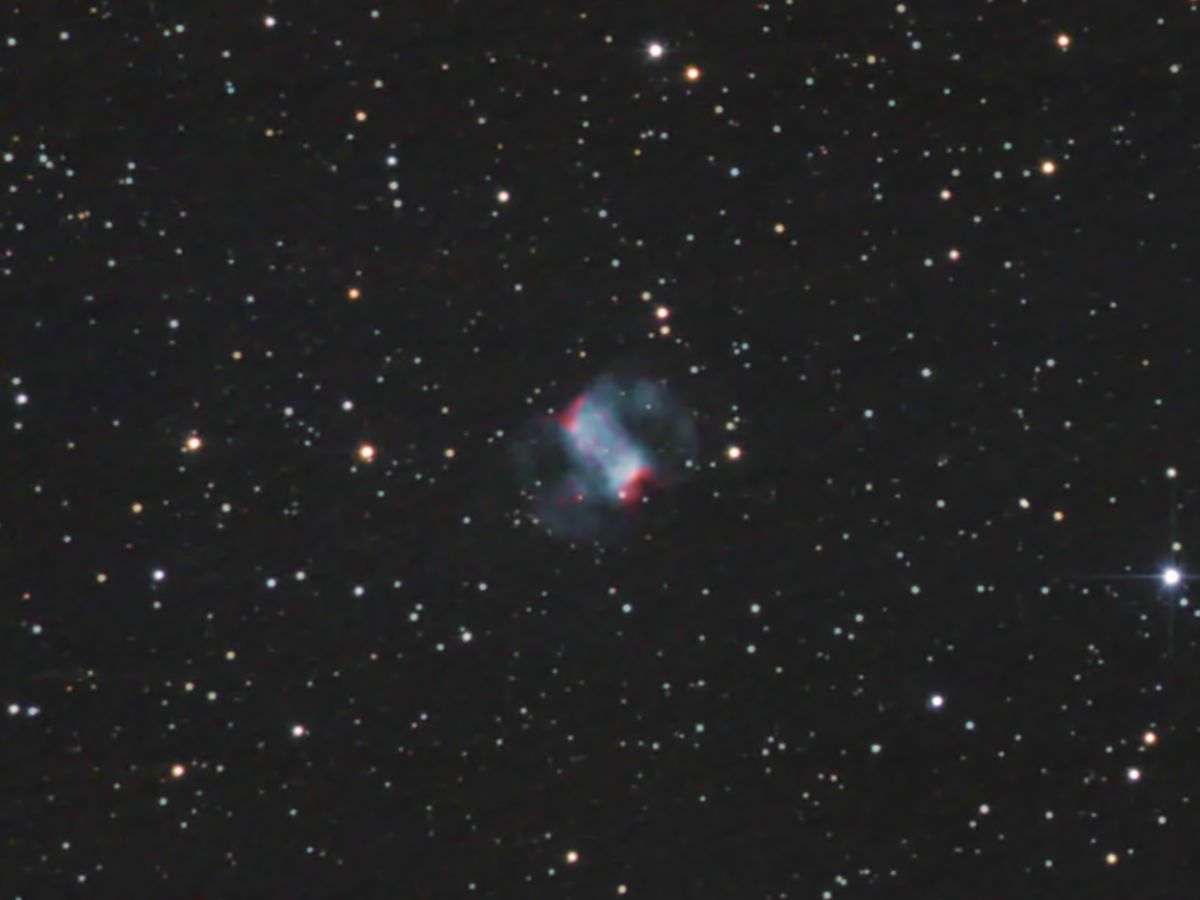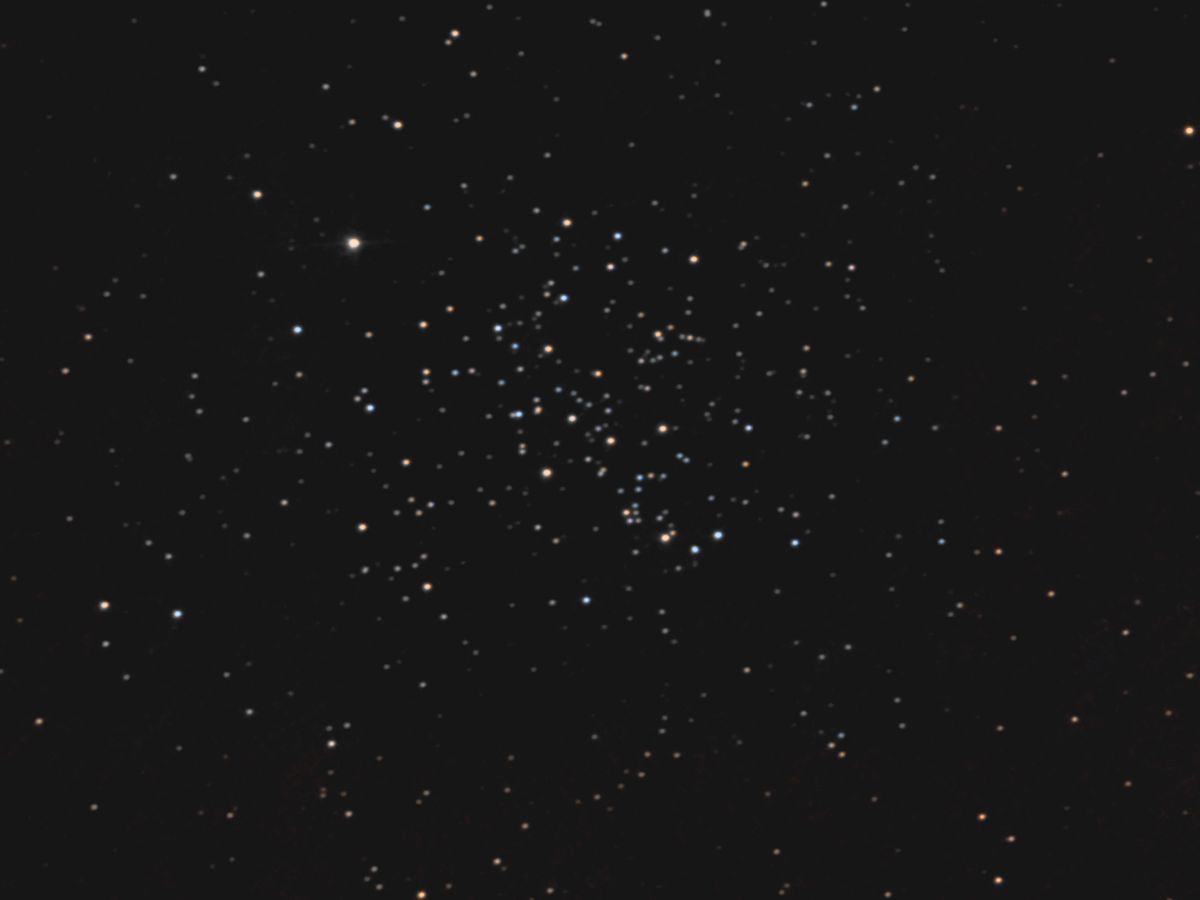If you find this website useful, please check out my books or visit my Amazon Author page. Or even Buy Me a Coffee!
Astronomy
Astrophotography
You are never too old to learn, and one of the thing that has opened my eyes has been discovering the quality of astronomical images that can be produced by amateurs with very modest equipment. By using digital cameras and image processing software it's a realistic ambition to produce images that compare favourably with those produced by the world's biggest telescopes fifty years ago - right in your back yard!
This website does not showcase the best astronomical pictures on the internet! It's a selection of pictures I have taken myself with basic equipment and free software. Producing images like these below, or even better ones, is within your reach!
Most importantly, you don't have to spend a fortune. My first serious scope, mount and tripod cost £180 on Ebay. I spent £40 on a more solid tripod, and about £200 on various bits and pieces including books and an ancient Canon EOS DSLR and a seconhand Microsoft HD Webcam. The results shown before are some of my best so far, and will be updated from time to time.
Perhaps the easiest target in the sky is the moon. You can get good pictures with any long or zoom lens, this is a 'stack' of six pictures taken with an ordinary bridge camera:
A gibbous moon photographed on the isle of Skye.
Follow the links below for introductions to some of the other things you can image in the night sky:
A Conjunction of Moon and Venus
Aside from the cringe-worthy name, M76 suffers from being less spectacular than other nebulas in Orion such as the Flame, Horsehead, Running Man and the Orion Nebula (M42 and M43). It certainly deserves more attention that the faint smudge in the centre of the image below. The red struture at the left end of Orion's belt is teh Flame Nebula.

M78 lies close to the centre of this image.
- Details
- Category: Astrophotography
M76 is a planetary nebula in the constellation Perseus. It has a complex structure and is named for its similarity to M27, the Dumbbell Nebula.

M76, the Little Dumbbell Nebula
- Details
- Category: Astrophotography
M74 in Pisces is a face-on 'grand design spiral galaxy' - that is one with two well developed arms and a very clear structure. It has the lowest surface brightness of any Messier Object making it challenging to observe and photograph.

M74, the Phantom Galaxy, so called because it is hard to find
- Details
- Category: Astrophotography
M67 is the oldest open closer that is relatively near to Earth so it is much studied. It contains over 500 stars of which around 100 are similar to the sun.

M67, King Cobra Cluster
- Details
- Category: Astrophotography
M64 is a spiral galaxy in Coma Berenices. It is a Seyfert Galaxy, having a bright active core which is thought to contain a supermassive black hole sending out ultraviolet radiation and and radio emissions.

M64, the Black Eye Galaxy
- Details
- Category: Astrophotography
Page 7 of 23




